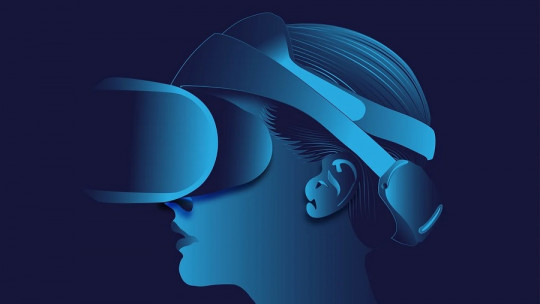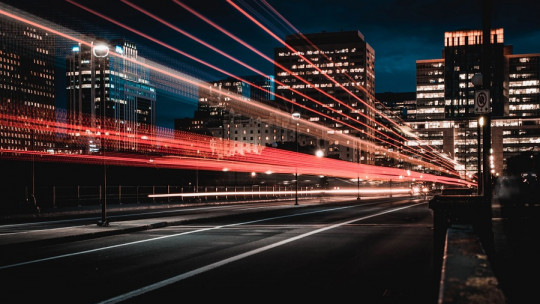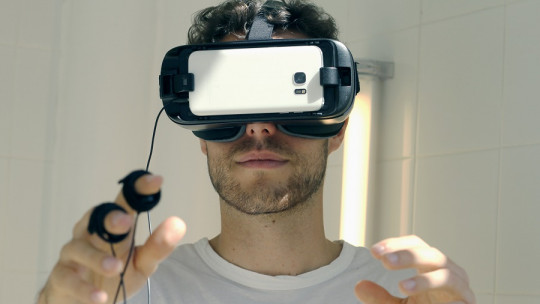
Amaxophobia or fear of driving is defined as a specific situational phobia that occurs with a irrational, intense and persistent fear of the fact of driving itself but also of thoughts of having to travel by car and even in the face of the many stimuli that occur around driving; weather, changing lanes, increasing or decreasing speed, braking and, above all, car breakdowns, all of which can constitute a risk for the patient himself and for other people who are, at the same time, in the car. road.
Although different studies indicate that the prevalence of amaxophobia is around 4%, the truth is that the figures are around 22% of the population with some type of fear associated with driving (either as a driver or as a co-pilot). being one of the phobias for which the most people make an appointment in our Cabinet.
Symptoms of amaxophobia
Amaxophobia is a phobia that causes clinically significant discomfort and interference in the patient’s work and social life, the symptoms being of four types:
At first glance, nothing happens to the patient except that Avoids, as much as possible, the use of the car to make your usual trips, using public transport; This ends up affecting the patient’s own independence and can create real anxiety crises, if he has no other option to get around.
Causes
Among the main ones would be having suffered a traumatic accident on the road, although it does not seem to be the only one since there are studies (Barp and Mahl, 2013; Sáiz, Bañuls and Monteagudo, 1997) that would affirm that Social factors such as social pressure to drive and verbal attacks from other drivers would also be causes..
Finally, in a study by Alonso et al (2008) it is stated that, among Spanish drivers, 21.9% suffer from depression and 11.2% from some other type of anxiety disorder.
Therapeutic objectives
When any patient arrives at the Cabinet, We mark with it the therapeutic objectives to be achieved, from which the entire treatment plan is developed.. We work both with patients who, in their role as patients, suffer from amaxophobia and with those who feel the same fear but in their role as co-pilots.
In any case, the main therapeutic objectives that must be achieved are:
All of this is usually done within a cognitive-behavioral protocol and using the multicompetent program that includes relaxation techniques and cognitive-behavioral strategies to control anticipatory activation and coping with the phobic situation. However, in this program (Badós, 2015) the effectiveness of cognitive-behavioral therapy is analyzed together with exposure techniques. And, here is where we differ.
Virtual Reality for in-person treatment
Unlike exposure techniques, Virtual reality (VR) allows you to control the different parameters that act as variables. Thus, for each of the environments, the variables that we can control as therapists are:
If it is amaxophobia without serious interference in work life, an average of eight sessions could be enoughbut this will depend a lot on the patient, how long they have had the phobia, its severity, the associated symptoms…
Virtual Reality for online treatment
As a result of confinement and doubts about how continue treating our patients who used Virtual Reality, a new tool has appeared that we continue to use in our Cabinet; It’s called Psious at Home. This tool allows, using a mobile phone or a tablet and on both Android and IOS systems, to carry out both directed sessions and “send homework” to our patients who usually do online sessions due to geographical distance or for health reasons, at the moment. current.
The only difference is that in the face-to-face sessions the VR is carried out through glasses that allow the experience to be in 3D, while in the online format the therapy is done in 2D and, therefore, the sense of presence decreases. , although there are “tricks” such as being in a dark room with the light off, duplicating the image on the television via wireless connection (although this could worsen the quality of the image) or increasing the brightness of the mobile or TV screen. tablet to increase image clarity.
Bibliographic references:
- Alonso, F., Sanmartín, J., Esteban, C., Calatayud, C., Alamar, B. and López-de-Cózar, E. (2008). Road health. Diagnosis of Spanish drivers. Valencia: Attitudes.
- Badós, A. (2015). Specific Phobias: nature, evaluation and treatment. Downloaded from: http://hdl.handle.net/2445/65619
- Barp, M., & Mahl, A.C. (2013). Amaxophobia: a study on the causes of fear of driving. UNOESC and Science – ACBS, 4, 39-48. Retrieved from http://editora.unoesc.edu.br/index.php/ACBS/article/
- Sáiz Vicente, E., Bañuls Egeda, R. and Monteagudo Soto, MJ (1997). Exploration of anxiety in novice and professional drivers. Anales de Psicología, 13 (1), 65-75 (https://revistas.um.es/analesps/article/view/30721/29891)








